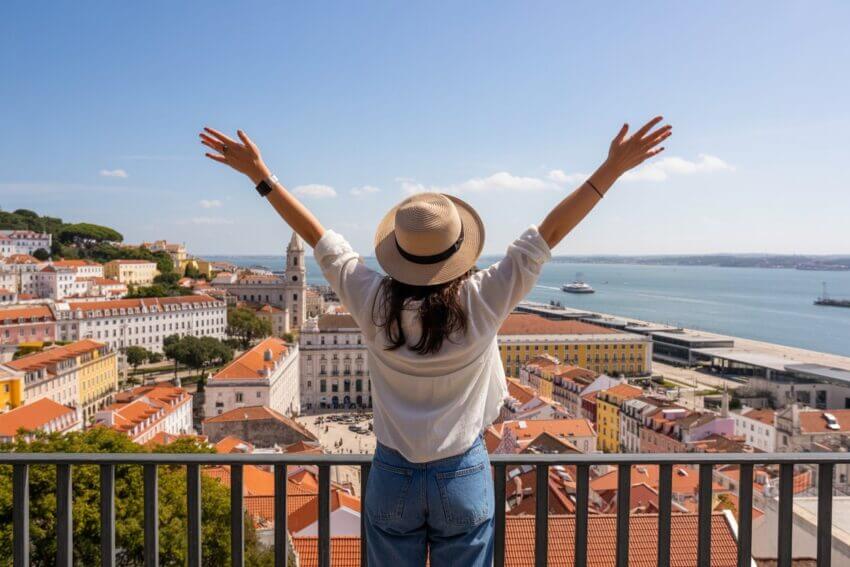Cultural tourism in Central Europe is seeing a significant revival this year. Museums, galleries, and historic sites in Austria and the Czech Republic report rising visitor numbers. Experts say travelers are increasingly seeking experiences that combine history, art, and local culture.
In Vienna, Austria’s capital, major museums have recorded a notable increase in ticket sales. The city’s renowned art galleries, including those showcasing classical and modern works, are attracting both international tourists and locals. Curators attribute this growth to renewed interest in cultural experiences after years of travel restrictions.
Similarly, Prague in the Czech Republic is experiencing higher visitor turnout. Historical landmarks such as Prague Castle and the Charles Bridge have become popular again, drawing crowds eager to explore architectural marvels and centuries-old history. City officials note that the combination of cultural heritage and accessible tourism infrastructure is helping the region regain momentum.
Experts in travel trends say that the rise in cultural tourism reflects a global shift. Travelers now prioritize enriching experiences over purely recreational trips. Many visitors are looking for opportunities to learn about local traditions, history, and art. Tour operators report an increase in demand for guided tours, museum passes, and cultural events packages.
The growth in visitor numbers is also benefiting local economies. Restaurants, cafes, and souvenir shops near popular cultural sites have seen higher foot traffic. In Austria, ticket revenue from museums has reached levels not seen in recent years, helping fund preservation and educational programs. The Czech Republic reports similar gains, with historic site fees supporting maintenance and restoration projects.
Cultural events are playing a key role in attracting tourists. Vienna has hosted exhibitions that combine classical art with modern interpretations, while Prague offers festivals celebrating local music, theater, and folklore. These events give travelers unique experiences and encourage longer stays.
Accessibility is another factor supporting the tourism surge. Both Austria and the Czech Republic have invested in improving transport links and visitor services. Convenient public transportation, multilingual guides, and updated digital resources make it easier for travelers to navigate and enjoy cultural sites.
Analysts suggest that this trend may continue throughout the year. Post-pandemic travel patterns indicate that tourists are seeking meaningful experiences. Cultural tourism provides educational value and leisure in one package, which aligns with these changing preferences. Experts recommend that travelers plan visits during weekdays to avoid large crowds while enjoying a full cultural experience.
Local authorities are also focusing on sustainable tourism practices. Efforts include managing visitor numbers at fragile historic sites, promoting eco-friendly travel options, and encouraging responsible tourism behavior. These measures aim to protect cultural heritage while supporting tourism growth.
In conclusion, Central Europe’s cultural tourism sector is experiencing a noticeable boost. Museums, historical landmarks, and cultural events are drawing both domestic and international visitors. Austria and the Czech Republic demonstrate how combining heritage, accessibility, and engaging experiences can revive tourism. With the growing interest in cultural travel, experts expect this trend to strengthen in the coming months, benefiting communities and preserving Europe’s rich history.

